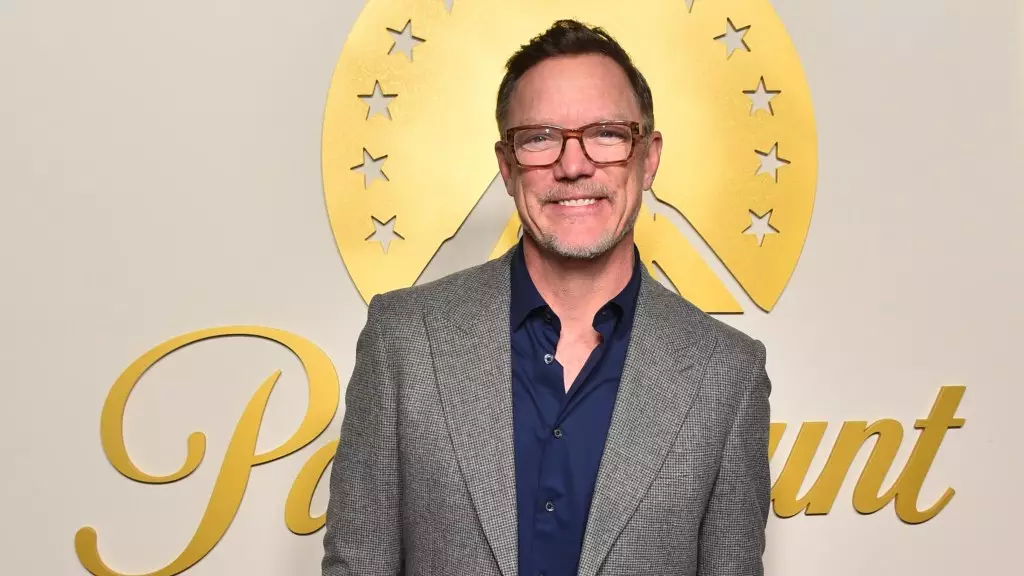In the ever-evolving landscape of horror cinema, few films have been as influential as Wes Craven’s “Scream,” a groundbreaking piece that revolutionized slasher tropes and introduced a self-aware narrative style. As the franchise gears up for its seventh installment, the excitement is palpable, but it is tinged with a healthy dose of apprehension—especially for the returning cast members. Matthew Lillard, who played the iconic character Stu Macher, recently shared his trepidation about re-entering the fold, worried that his return could tarnish the cherished legacy of a film that has become a touchstone for horror enthusiasts.
Lillard’s admission reflects a broader concern that resonates with many artists: the fear of disappointing a legacy crafted with blood, sweat, and tears. This isn’t just Lillard’s journey; it’s emblematic of a generational struggle faced by actors revisiting classic roles, particularly when the franchise carries the weight of such cultural significance. Viewers wedged tightly between nostalgia and fresh narratives must brace themselves for a potential shift that could either rekindle or extinguish their fond memories.
The Burden of Nostalgia
As Lillard steps into this high-stakes role, he carries a burden that reaches beyond mere acting; it’s the encapsulation of a fanbase’s nostalgia. “I hope I don’t F it up for everyone,” he confessed, highlighting the reality that beloved characters can become shackled by their past. While nostalgia can be a comforting cocoon, it also has the power to morph into a nightmare when adaptations or returns don’t meet the cherished expectations of audiences. This precarious balancing act is one that many creative professionals must navigate as they seek to breathe new life into tired franchises.
For many fans, the “Scream” saga represents a diverse cultural experience—a playful yet visceral commentary on teenage life, horror conventions, and the indelible scars of trauma. Lillard’s return, while exciting, also begs the question: can he maintain the delicate equilibrium between honoring the original while pushing the narrative forward? This scrutiny could pivot either way, placing Lillard under a pervasive spotlight as he navigates the complexities of a role that once catapulted him to stardom.
The Path Forward
Yet, returning actors hold a unique power to bridge generational divides within the franchise’s fanbase. As Lillard joins familiar faces like Neve Campbell and Courteney Cox, the opportunity exists to weave a narrative tapestry that honors the original while allowing for fresh exploration of character arcs. With new faces entering the mix, the potential for multi-dimensional storytelling lies ahead—not merely commodities in a franchise but as characters imbued with their own stakes and narratives.
With the thrill of fear comes a chance for catharsis; horror isn’t just an escape but a mirror reflecting our deepest anxieties about legacy, memory, and reinvention. If Lillard can successfully confront his fears and channel that vulnerability into his performance, the outcome could be nothing short of spectacular. Instead of tainting the past, his return could pave the way for a renaissance, a blending of the old and the new that enriches the discourse surrounding what truly makes horror resonate.
As fans eagerly await the release on February 27, the stage is set for an exploration of identity, memory, and the nuanced relationship between past and present—one that speaks not just to those familiar with “Scream,” but to anyone grappling with the complexities of legacy in an ever-changing world.

